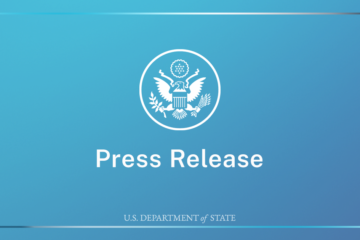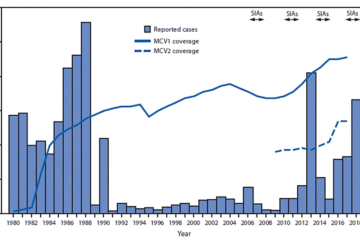CDC’s Level 4 countries: Should we really avoid travel? – The Washington Post

CDC’s Level 4 countries: Should we really avoid travel? The Washington PostRead More
New Zealand and Australia are finally welcoming tourists back after two years of strict border closures. The United Kingdom is planning to drop mask mandates for some airlines and London’s Heathrow Airport. Canada is dropping its pre-entry test requirement for fully vaccinated travelers.
Yet all of these places — nearly half the world, actually — carry the CDC’s highest warning level.
Similar to State Department Travel Advisories, CDC travel health notices are intended to inform travelers about the risks of visiting a particular country. The four-tiered advisory system is based on coronavirus case data and an algorithm to help determine a country’s overall risk level. They are blanket advisories that apply to an entire country; the CDC isn’t getting into regional differences, like how a trip to rural Alaska carries a different risk than a Las Vegas pool party.
“Obviously, we can’t make the travel notice about every part of the country and every activity,” Cindy Friedman, head of the agency’s traveler’s health branch, told The Washington Post last year.
Kristen Nordlund, a CDC spokeswoman, says the agency is using the same process to produce the notices as it was last year, and the message remains the same: For places deemed Level 4 or unknown, you should avoid travel to these destinations, whether you’re vaccinated or not.
Today, 125 countries are labeled Level 4, including the United States, Canada, South and Central America, most of Southeast Asia, and all of Europe. Cases are surging again in parts of Western Europe and Asia, as well as other parts of the world.
“Basically, almost the whole world is a big mass of red with advice to avoid travel,” says Adrian Hyzler, chief medical officer at Healix International, which specializes in international security. “If you were to only consider low- or moderate-risk countries as destinations for travel, you would be restricting yourself to China, Taiwan, Pakistan, much of Africa and a few scattered, tiny islands.”
The spring break travel rush suggests that travelers are not heeding the CDC recommendations.
“The traveling public largely said, ‘Why would we be concerned about this if we’re fully boosted?'” says John Rose, chief risk officer for the travel management company ALTOUR. “They’re not a high-risk type of traveler — so these warnings are largely something that people do not look at.”
Hyzler also says it is hard for him to imagine why someone who is up to date with their vaccinations should have coronavirus concerns about traveling to Level 4 places such as the United Kingdom, where all restrictions have been lifted — even with an increase of reported cases and a small rise in hospitalizations.
That does not mean people should plan travel without assessing the state of a country’s coronavirus fight. Both Rose and Hyzler encourage keeping an eye on the CDC travel website for alerts on destinations to stay aware of negative trends that could pose health threats and logistical snarls.
“We may be entering a welcome lull in the pandemic, but it is much too early to think that we are out of the woods yet,” Hyzler says.
Rose says his travel advisers use and recommend Sherpa, an online resource that provides up-to-date information on a country’s requirements.
“A lot of the major airlines use [Sherpa],” Rose says. “It helps you understand the entry, exit requirements, testing requirements and documents, eVisas.”
Whether you’re planning to visit a Level 1 or Level 4 destination, Hyzler and the CDC say travelers should have up-to-date vaccinations to protect themselves and others, wear a well-fitted mask throughout travel and remember to practice good hand hygiene.
Additionally, “if you are worried [about travel], you may wish to do a little research to check what would happen if you were to test positive for covid while abroad, and what treatments are available,” Hyzler says.
Have a travel dilemma for By The Way Concierge? Submit it here.











